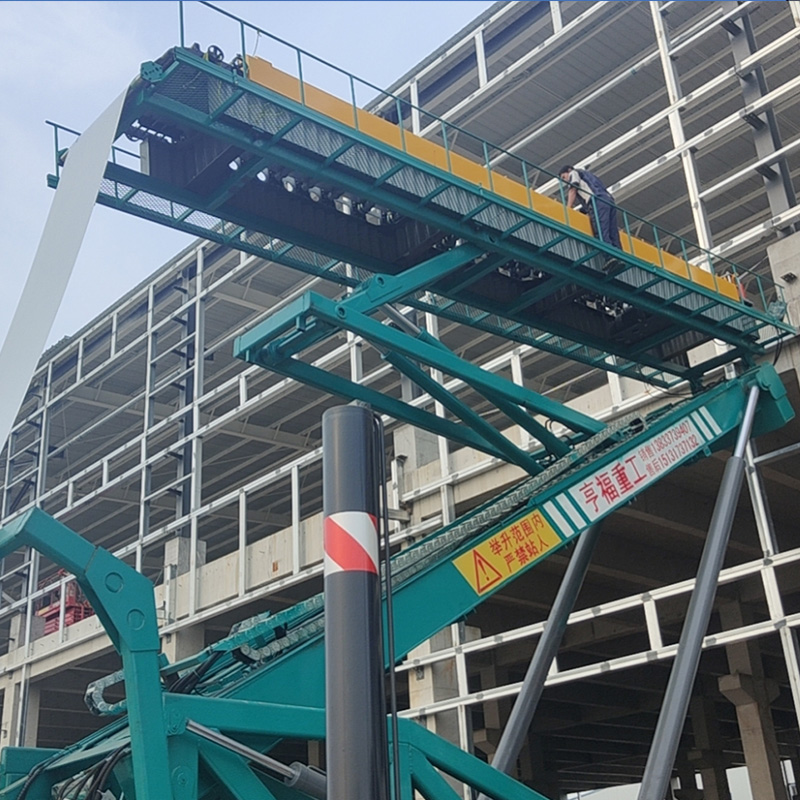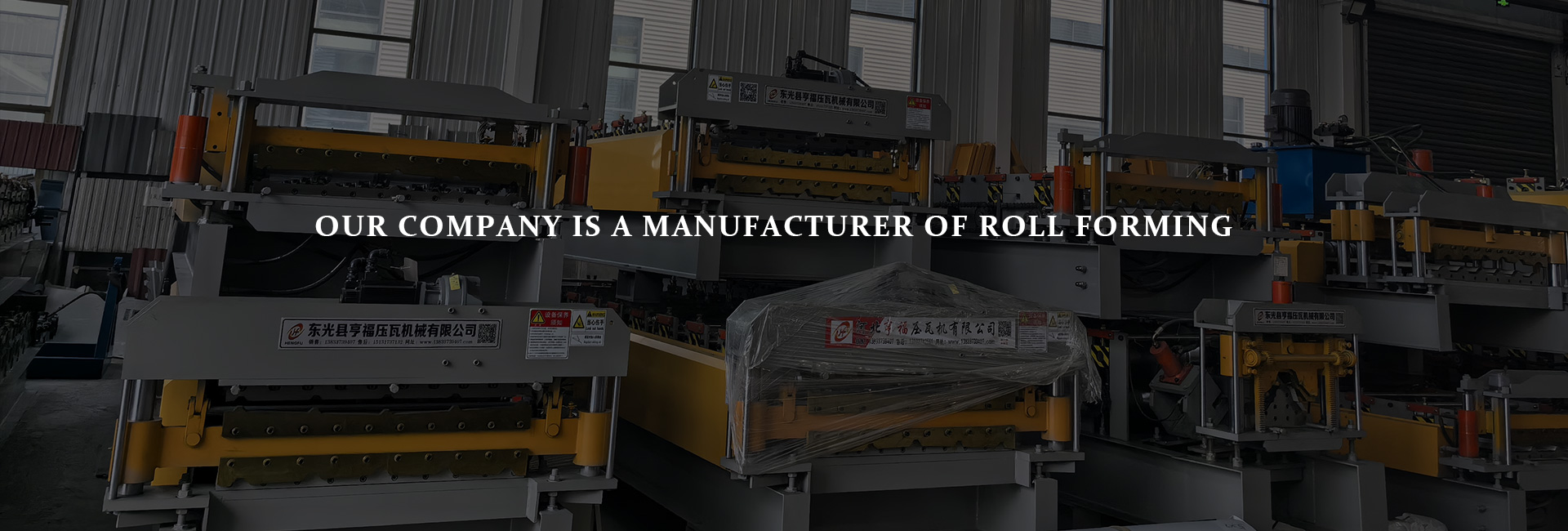Working Principles and Application Scenarios of High-Altitude Roll Forming Machines
writer:Hengfu release time:2024-10-26 18:18:53 Views:151frequency
High-altitude roll forming machines are specifically designed for the production of metal tiles in high-altitude work environments. They not only possess efficient production capabilities but can also operate in confined spaces, making them widely applicable in industries such as construction, bridges, and factories. Understanding the working principles and application scenarios of high-altitude roll forming machines can help companies choose suitable equipment and enhance production efficiency. This article will provide a detailed introduction to the working principles and main application areas of high-altitude roll forming machines.

1. Working Principles of High-Altitude Roll Forming Machines
The working principles of high-altitude roll forming machines primarily involve the following steps:
1. Material Feeding: Metal coils are fed into the roll forming machine through a feeding rack, ensuring the raw material smoothly enters the forming area.
2. Forming Process: The metal material passes through a series of forming rollers, progressively shaping the required tile design. Each roller is designed to gradually bend and form the material to ensure precision and quality in the final product.
3. Cutting: Once forming is complete, the metal tiles are cut to the desired length by a cutting device. The cutting method can be mechanical or laser-based, depending on the design of the equipment.
4. Automatic Conveying: After cutting, the finished products are transported to the finished goods area via an automatic conveying system, facilitating subsequent packaging and transportation.
2. Application Scenarios of High-Altitude Roll Forming Machines
Due to their flexibility and efficiency, high-altitude roll forming machines are suitable for various application scenarios, including but not limited to the following:
1. Construction Industry: In the construction industry, high-altitude roll forming machines are often used for producing roofing tiles. Their ability to work at high altitudes allows them to operate efficiently on high-rise buildings or large construction sites, meeting modern architectural demands for roofing materials.
2. Bridge Construction: High-altitude roll forming machines also play a crucial role in bridge construction. They can produce and install tiles in limited spaces, enhancing construction efficiency and reducing project timelines.
3. Factory Facilities: In large factories, equipment often needs maintenance and modifications at high altitudes. High-altitude roll forming machines can quickly produce metal tiles suitable for specific scenarios, ensuring the safety and aesthetics of factory facilities.
4. Municipal Engineering: In municipal engineering projects, such as elevated roads and interchanges, high-altitude roll forming machines can produce decorative and functional metal tiles, improving the overall quality of the projects.
3. Conclusion
High-altitude roll forming machines have become indispensable equipment in modern construction and engineering industries due to their unique working principles and wide application scenarios. Understanding their working principles and applicable industries can help companies optimize production processes and enhance work efficiency. As the market demand for efficient and flexible equipment continues to grow, high-altitude roll forming machines will play an important role in the industry.







